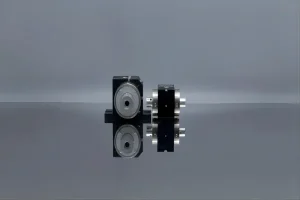The advancement in laser technology has given rise to several crystal compositions, each with their own benefits and applications. In this article, we delve into two of these, Ti Sapphire Crystal and Yb:CALGO Crystals, offering a comparative analysis of their properties and applications.
Understanding Ti Sapphire Crystals
Continuing from the unique properties of Ti Sapphire Crystals, these solid-state laser materials are born out of the successful integration of Titanium (Ti3+) ions into the lattice of sapphire (Al2O3). This unique infusion results in impressive optical qualities that are of paramount importance in the world of photonics.
One of the remarkable properties of Ti Sapphire Crystals is their broad tunability, a feature attributable to the crystal’s electronic structure. It offers a tunable wavelength range of about 650 to 1100 nm, which is by far the most extensive range for all known tunable laser materials. This wide tuning range makes it an excellent choice for tunable laser applications, opening up endless possibilities for researchers and professionals who need flexibility and control in their optical experiments and procedures.
Coupled with this, the wide gain bandwidth of Ti Sapphire is another notable property that makes these crystals ideal for femtosecond pulse generation and amplification. Specifically, the Ti Sapphire Crystals’ gain bandwidth is wide enough to support pulses shorter than 20 femtoseconds. This characteristic becomes particularly significant in areas such as ultrafast spectroscopy, where the ability to produce and manipulate such short pulses can be pivotal in observing and measuring rapid phenomena on the atomic scale.
A highlight of Ti Sapphire Crystals is their high thermal conductivity. This feature is essential when these crystals are incorporated into high-intensity laser systems that generate significant heat during operation. The high thermal conductivity ensures the dissipation of heat away from the crystal, thereby maintaining the integrity and performance of the laser system. Notably, the thermal conductivity is nearly thrice that of its counterparts like Nd:YAG.
The durability of Ti Sapphire Crystals further underscores their viability in various applications. The crystals have a hardness of 9 on the Mohs scale, making them exceptionally resistant to scratching or abrasion. This physical resilience makes Ti Sapphire Crystals well-suited to demanding environments found in many industrial and scientific settings.
The versatility of Ti Sapphire Crystals extends their applicability beyond the realm of science and industry. These crystals can be found in everything from high-precision medical equipment and microscopy to telecommunications and defense systems. Their ability to handle high power, deliver ultrafast pulses, and remain stable over a broad range of wavelengths makes them a flexible choice for a multitude of applications.
In essence, the combination of high thermal conductivity, broad tunability, wide gain bandwidth, durability, and versatility sets Ti Sapphire Crystals apart from other laser materials, making them a valuable resource in the rapidly evolving field of laser technology.
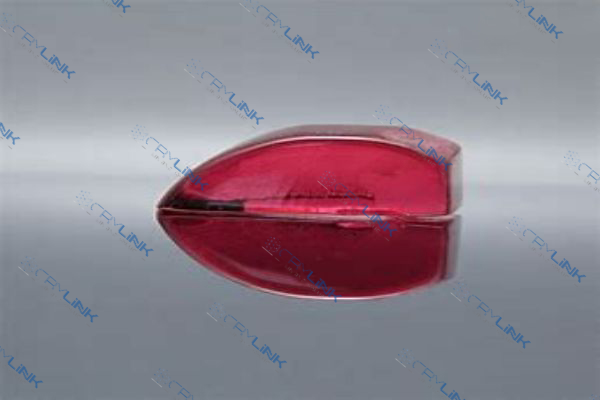
Delving into Yb:CALGO Crystals
Continuing from the special qualities of Yb:CALGO Crystals, let’s delve deeper into why these novel materials are making waves in the field of laser technology. The intrinsic characteristics of these crystals provide solutions to some of the challenges faced with traditional laser materials, thereby expanding the scope and effectiveness of laser applications.
A defining feature of Yb:CALGO Crystals is their low quantum defect, which plays a pivotal role in their laser performance. The quantum defect, essentially the energy difference between the pump photon and the emitted photon, is incredibly low in Yb:CALGO Crystals. This low quantum defect translates into efficient laser operation with reduced heat generation. Hence, even when operated at high powers, the crystals maintain their structural and optical stability, making them especially well-suited for high-power laser applications.
Complementing this is their high absorption and emission cross-sections. The absorption cross-section quantifies the probability that a pump photon will be absorbed by the crystal, while the emission cross-section represents the likelihood of stimulated emission. Yb:CALGO Crystals exhibit significantly high values for both these parameters. This ensures that the pump light is absorbed effectively and that a substantial fraction of the absorbed energy is converted into laser light. The combination of these properties results in efficient lasing action and enhanced overall performance.
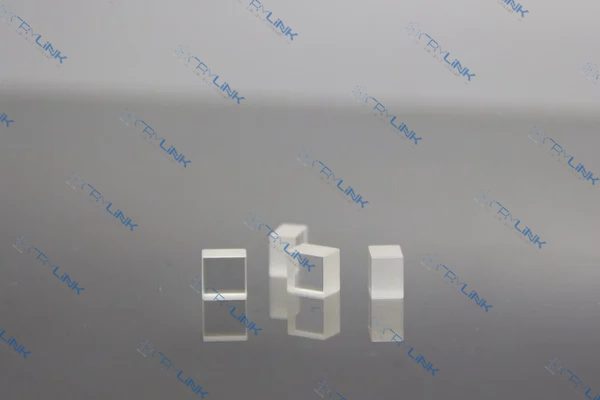
The high thermal conductivity of Yb:CALGO Crystals is another key attribute that sets them apart. Efficient heat dissipation is critical in high-power lasers to prevent thermal lensing – an effect that can distort the laser beam and compromise its quality. Yb:CALGO Crystals are known for their exceptional thermal properties, including high thermal conductivity and low thermal lensing, making them ideal candidates for high-power laser systems.
Additionally, Yb:CALGO Crystals have a large absorption bandwidth, making them versatile in their operation. This property allows these crystals to absorb a wide range of pump wavelengths effectively, providing the flexibility to use different pump sources depending on the requirements of the application.
Last but not least, their small emission bandwidth comes into play for short pulse generation. This property ensures that the emitted light has a relatively narrow wavelength range, which is crucial for producing short, sharp laser pulses.
In summary, Yb:CALGO Crystals, with their unique thermal and optical properties, low quantum defect, high absorption, and emission cross-sections, are shaping the future of laser technology, opening up new possibilities for high-power applications and short pulse generation. Their innovative characteristics are creating exciting opportunities, setting new standards, and driving advancements in the field.
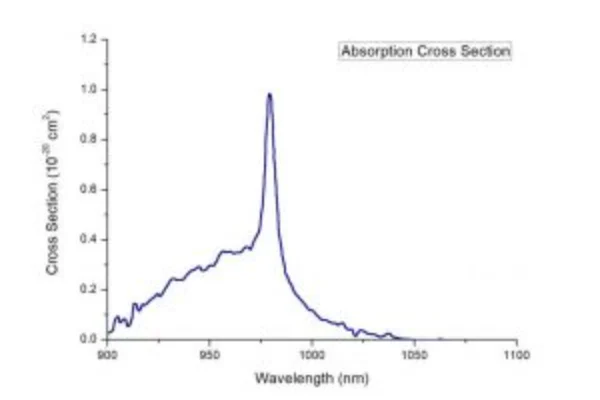
Comparative Analysis: Ti Sapphire Crystal vs Yb:CALGO Crystals
Continuing with the comparative analysis, both Ti Sapphire and Yb:CALGO Crystals have proven their worth in the realm of laser technology, each offering distinct advantages. The choice between these two highly-capable materials boils down to the specific needs of an application.
When it comes to lasing properties, both crystals perform impressively. However, the reduced thermal lensing exhibited by Yb:CALGO Crystals gives them an edge in high-power applications where thermal management is critical. The lower thermal lensing ensures the laser beam’s quality and focus are maintained even under intense operation, resulting in a more reliable and stable output.
Bandwidth capabilities are another differentiating factor. Ti Sapphire Crystals shine with their broad gain bandwidth, facilitating versatile tunability and ultrafast pulse generation. On the other hand, Yb:CALGO Crystals are known for their large absorption bandwidth, ensuring effective pump absorption and consequently, higher efficiency. This attribute makes Yb:CALGO Crystals a robust choice for operations that require flexible pump source selection and superior lasing efficiency.
In terms of thermal conductivity, both crystals fare well. Yet, the superior thermal properties of Yb:CALGO Crystals, further augmented by their low quantum defect and high absorption and emission cross-sections, make them a standout choice. This superior thermal performance ensures efficient heat dissipation, which is crucial in high-power laser systems.
In summary, while both Ti Sapphire and Yb:CALGO Crystals have significant contributions to laser technology, the selection between the two depends on the specific application requirements. Each crystal brings a unique set of strengths to the table, providing a diverse range of possibilities for laser system design and operation.
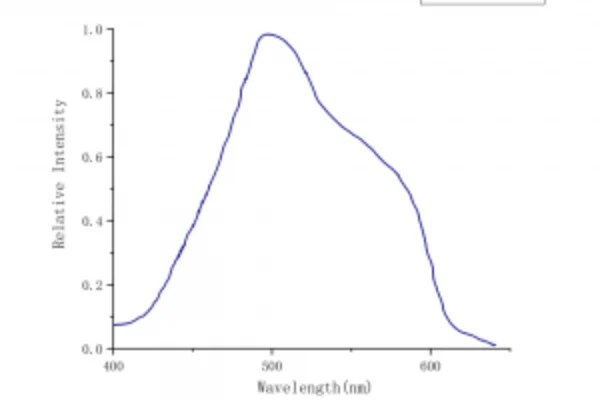
Practical Applications of Ti Sapphire and Yb:CALGO Crystals
Ti Sapphire Crystals, with their wide tunability and large gain bandwidth, are ideal for creating femtosecond lasers, which are indispensable in various fields. In spectroscopy, they allow scientists to investigate ultrafast phenomena, unlocking new understanding about atomic and molecular dynamics.
In the field of microscopy, these lasers deliver high-resolution imaging without causing significant damage to the samples, making them vital in biological and material research. The industrial sector also benefits greatly from these crystals, with applications ranging from material processing to micromachining. Their high thermal conductivity and hardness allow Ti Sapphire Crystals to endure demanding industrial conditions, ensuring reliable and efficient operations.
On the flip side, Yb:CALGO Crystals, with their superior thermal properties and short pulse generation capabilities, have carved out a niche in high-power applications. They are used extensively in defense and security, where the need for high-power, reliable lasers is paramount. The excellent thermal management of these crystals enables them to function efficiently even in high power operations. Their small emission bandwidth is ideal for generating high-quality, short laser pulses.
This property is pivotal in precision-based applications such as laser cutting, engraving, and welding. Furthermore, the large absorption bandwidth of Yb:CALGO Crystals allows for efficient pump absorption, which adds to their effectiveness in these applications. Their unique combination of thermal and optical properties makes them a standout choice in industries where high power and precision are key requisites.
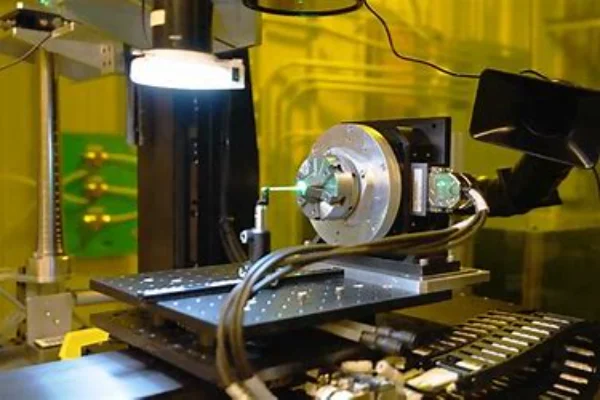
Conclusion
In conclusion, both Ti Sapphire Crystals and Yb:CALGO Crystals have their unique properties and applications, making them both invaluable in the field of laser technology. The choice between the two largely depends on the specific requirements of the application, with Yb:CALGO Crystals offering advantages in high-power situations and Ti Sapphire Crystals excelling in a broad range of applications.
FAQs
- What makes Ti Sapphire Crystals unique in the field of laser technology?
- Ti Sapphire Crystals offer a broad emission bandwidth and high thermal conductivity, making them ideal for femtosecond pulse generation and amplification.
- What are the key properties of Yb:CALGO Crystals?
- Yb:CALGO Crystals are characterized by low quantum defect, high absorption and emission cross-sections, and high thermal conductivity.
- Which crystal is better for high-power applications?
- Yb:CALGO Crystals are generally preferred for high-power applications due to their low thermal lensing.
- What are the practical applications of Ti Sapphire Crystals?
- Ti Sapphire Crystals are commonly used in spectroscopy, microscopy, and industrial processing.
- H4: Q5. Where are Yb:CALGO Crystals typically used?
- Yb:CALGO Crystals are primarily used in high-power applications and short pulse generation.


